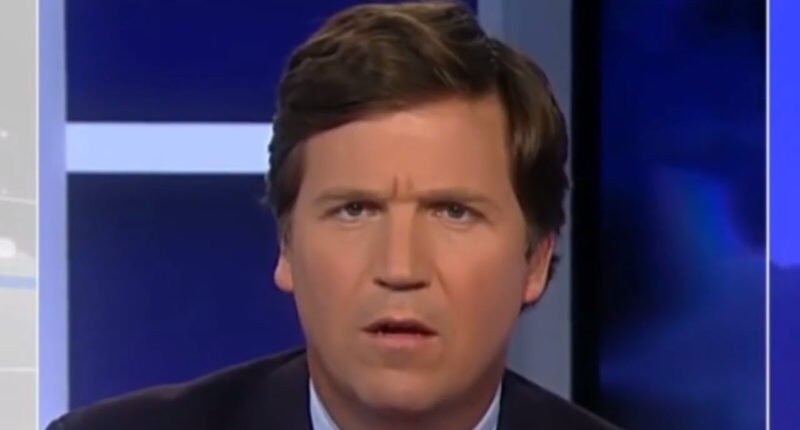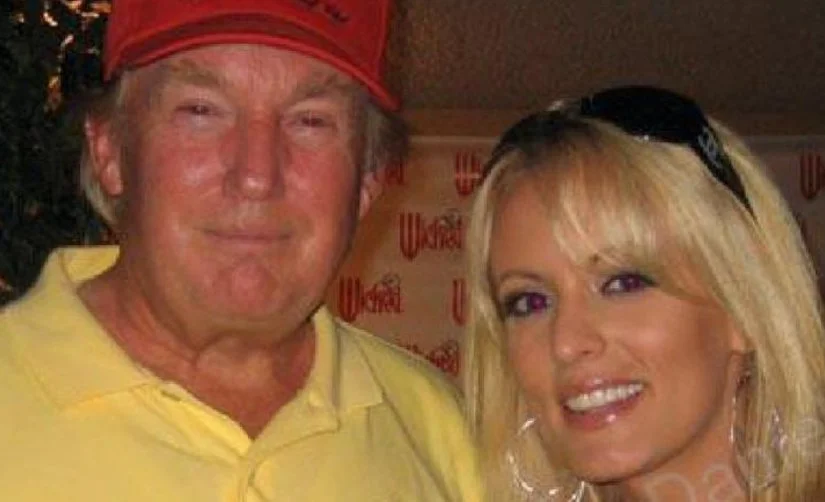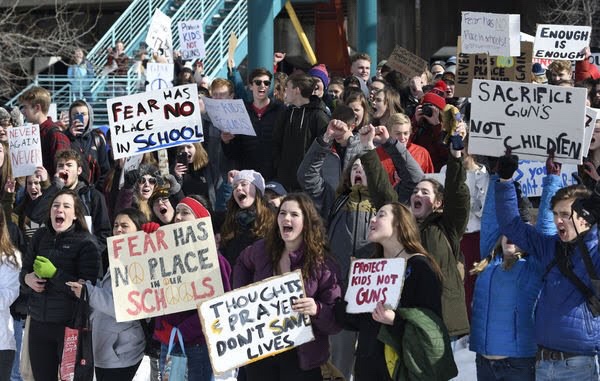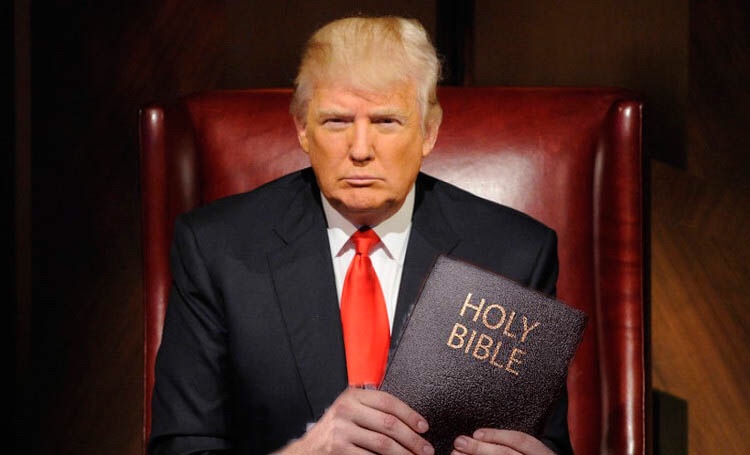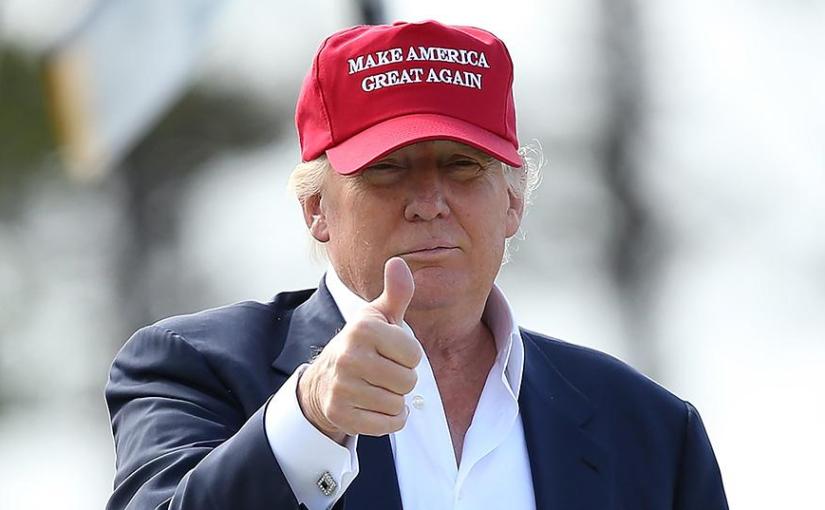Image: RawStory
As a teenager in America, and in most people’s valid opinion, an American citizen, I do not know where to begin on the comments you have made.
I was born in Boston, Massachusetts and currently live in Erie, Pennsylvania. I have lived in the United States all my life, have a legal birth certificate, social security number, passport, and more… yet you still have the audacity to say that, because I am under the age of eighteen, I am not an “American citizen” as much as you, Donald Trump, Uncle Sam, or anybody else.
I am Jewish. I am Latino. I am American.
Being any of those things does not strip me of my American citizenship in the least, and neither does my age.
My religion is a part of who I am as an American. I love being Jewish—especially in a country that allows me to express my religion without the fear of persecution or punishment. I love getting to educate people and being the one that gets to help other people grow as individuals by teaching them about my religion and what it means.
My heritage is no less significant to me than my religion or citizenship. Being Latino is also a part of who I am. I am a product of my family who came from South America, and I love to brag about it because it makes me feel like I am a real contributor to what is the great, American “melting pot.” Nobody could ever take my culture, history, or family away from me—not even you. To me, none of this, in any way, makes me less American.
I still feel as proud to pledge allegiance to the American flag as anybody else.
I just want to know—if it isn’t my religion or ethnicity—then what is it that makes me less American than the people around me? According to you, I’m not an American—I’m just a teenager.
This is what you said a couple weeks ago:
Video: FOX News
I would like to clear the air here: We are ALL Americans.
If you genuinely think that teenagers are not Americans, then I think you are about to be pretty surprised.
Across the nation, we teens have organized school walkouts, protests, marches, and other events to exercise our First Amendment right. We are fighting together against ignorant people like you who think that, just because we are not eighteen, we cannot have an opinion, exercise our God-given right to protest or challenge arrogant people like you. We want to show that we have a say in our future and that people such as yourself do not deserve to speak for us—people who would rather let us take the fall (literally) just so you don’t have to lose your guns.
If you ever had any respect for us and stopped to listen to what we had to say, you would know by now that we never asked for anyone to lose their guns. We only asked for common sense gun laws—to put in place reasonable restrictions on the Second Amendment, just as there are the same restrictions on our rights to free speech and rights to privacy. If you think we are being unreasonable just look to the Supreme Court Heller decision, and you will see as plain as day, that while it holds that the right to bear arms is not related to service in a militia, it is not unlimited and that guns and gun ownership would continue to be regulated.
We teens have to live in fear at our schools. We don’t exactly think that this makes a ‘conducive’ environment for learning, do you? Nor do we think that arming our teachers makes for any more of a ‘conducive’ learning environment, but we already know that you don’t care. What you do care about is assisting the gun manufacturers to increase their revenue. You would prefer that you get to keep your guns—end of story.
I keep going over it in my head, but I just cannot answer this one question. I would really love it if you could answer it for me: Who exactly would it take to be killed in a shooting for you to realize that enough is enough?
Would it be a group of innocent civilians? No—we already saw that at the Pulse Nightclub, Las Vegas… (the list is way too big to count).
Would it be a group of church-goers like yourself? No—we already saw that in Charleston, Nashville, and Sutherland Springs.
Would it be a class full of high school students like myself? No—we already saw that at Columbine, Virginia Tech, and Marjory Stoneman Douglas.
Would it be a class full of kindergarteners? No—we already saw that at the tragic Sandy Hook shooting.
What would it take for you to realize that the one life person would be worth more than all the guns in America? I just struggle to understand how somebody who is adamantly “pro-life” can have such blatant disregard for all of our lives. Somebody who was really “pro-life” would care about the life of a human being after they are born. What is the point in fighting for their life before it is born if you are just going to let them be shot someday after they are born by somebody with an automatic weapon that they shouldn’t even have?
We are fighting for our rights—for our lives—and whether you like it or not, we are equal American citizens with free speech, the right to organize, the right to assemble, and the right to protest.
I would really love to learn more about what you think, and so, while I have been rather firm and harsh in this open letter, I would also like to invite you to an interview with WTP Magazine if possible to sit down and your thought process when you made the statement saying that we teens are not Americans. I am not asking this in an antagonistic way. I am only asking this because I genuinely want to learn why you believe this.
Hopefully, when we are done, you can realize that if we are old enough to be shot, then we are old enough to have an opinion on being shot.
If you are seriously interested, like I am, in taking me up on my offer for an interview, please send me an email at harrison.romero@wtpmag.com. I look forward to hearing from you.
